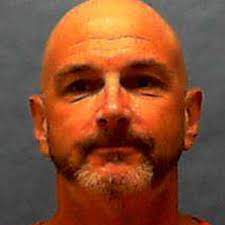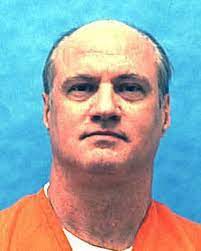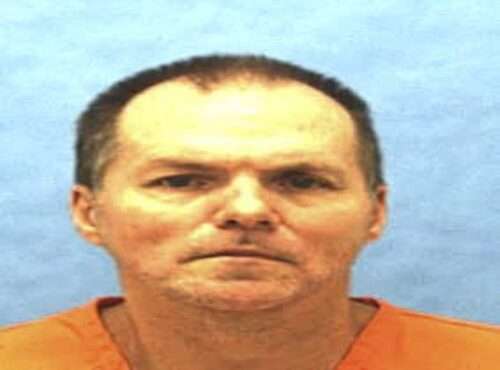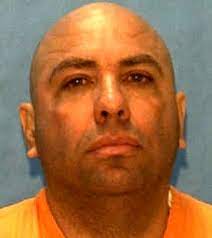Patrick Hannon Florida Execution
Patrick Hannon was executed by the State of Florida for two murders committed in 1991. According to court documents Patrick Hannon and two other men James Acker and Ronald Richardson would murder Brandon Snider, 27, and Robert Carter, 28. James Acker would receive a life sentenced and Ronald Richardson would testify against the two others … Read more







